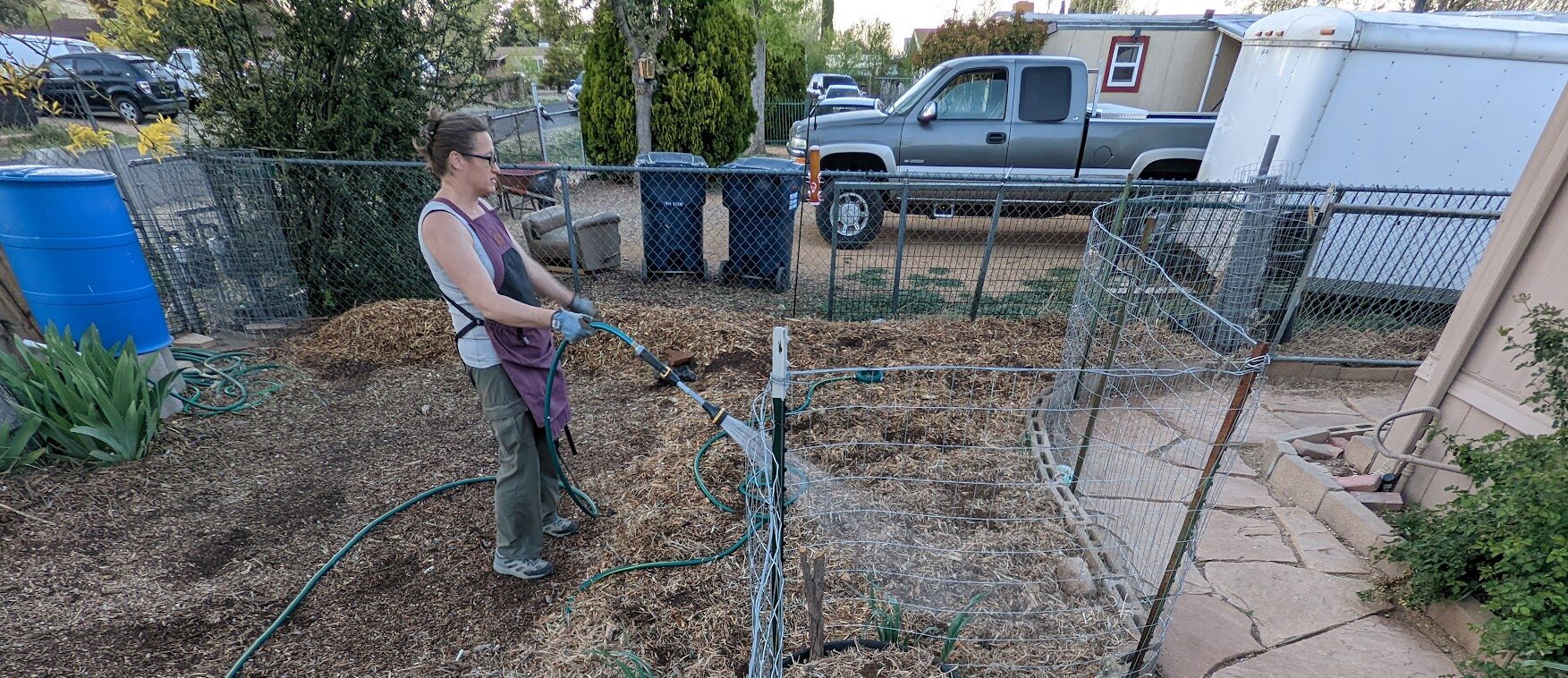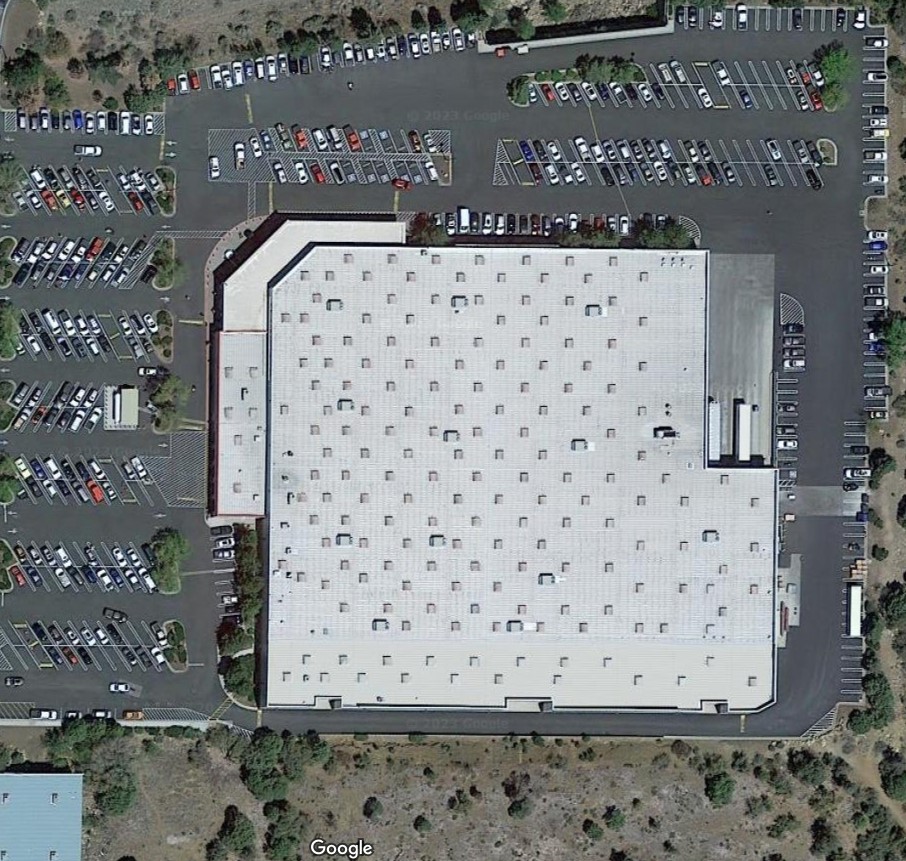

Limited Garden Area, Soil, Containers and Beds What Can I Do?
From Spring to Early Summer when everyone is setting up their gardens, the primary question I see is, “What soil should I use to fill containers, raised beds, and ground level garden areas?”
The soil building methods I use for a ground level soil area are different from what I would do in a raised bed, pot, or half barrel container.
Deep Mulch Gardening with manure is my primary method of setting up a ground level garden with an organic cover over the soil. We have previously covered the benefits of abundance of any garden being attached to the ground and natural microbiome, but for those who are limited on space (a small porch or cement area), perhaps you have room for only a small raised bed or containers.
We have acquired several half barrel planters which hold 27.5 gallons of soil. We also have smaller pots from 5 gallon to 3 gallon. Containers any smaller will have to be watched very closely in hot, dry, Arizona summer conditions and can be difficult to keep happy.



All of these containers have proper holes for drainage and can be filled with well drained soil. However, as you have probably realized, large amounts of well drained quality garden soil gets expensive really fast if you have to buy it by the bag. This is why we encourage folks to make their own soil, but this is not always possible. Look for the Living Soil Recipe on our website below to determine if you can make your own soil.
HUGELKULTURE?

What can you do in such a limited space? Enter the practice of Hugelkulture. Here’s what you need:
- Big pieces of tree trunks or branches: (almost any kind) go in the bottom of your barrel or pot. Cut them to size.
- Smaller Branches and twigs: go on top of the large wood pieces.
- Wood Mulch: (smaller pieces) to fill in the gaps.
- Manure: (Rabbit and Goat Manure are the least hot) But you can use Steer, Horse or Chicken Manure as well.
- Good Soil: Well Drained Well Mixed Soil goes on top. If your budget can handle it…make this top layer at least 8 to 10 inches.
- Timothy Hay: works as a light mulch cover to preserve moisture below and deliver a mild nitrogen boost to your plants as it’s watered into your soil daily.
It’s important to understand with wood chips and manure you are dealing with forces of nature. The wood chips will pull the nitrogen from the manure as they break down. This mix is hot and needs to be watered for a few weeks before you plant.
 Concerning your plants and their tender roots; when you put them in a mix of just raw wood chips and hot manure (short version..they will die). The plants need decomposed organic material and moisture to thrive. Raw wood chips literally steal the nutrients needed for the plant and it will look weak and light green with tough, dry fruits. On the other hand, hot manure will burn your plants and stunt their growth and likely kill them if it’s too hot. It will take time for wood chips and manure to amalgamate into a healthy soil.
Concerning your plants and their tender roots; when you put them in a mix of just raw wood chips and hot manure (short version..they will die). The plants need decomposed organic material and moisture to thrive. Raw wood chips literally steal the nutrients needed for the plant and it will look weak and light green with tough, dry fruits. On the other hand, hot manure will burn your plants and stunt their growth and likely kill them if it’s too hot. It will take time for wood chips and manure to amalgamate into a healthy soil.
You can mix bagged “Garden Soil” which has high nitrogen content with peat moss 50/50. This will mitigate the “hotness” of the soil and give you well drained soil to top off your pots. Make this top soil layer as deep as possible. Fill the rest below with Hugelkulture elements as mentioned above.. When you have watered for at least 30 days, add worms. They will find their way to the dead wood organic material and turn it into the best soil for years to come. Add more good soil on top each season.
Even with a regular supply of composted chicken manure from our own chicken pen we still need more soil, manure and organic matter for our ever expanding garden builds. HugelKulture and Deep Mulch Gardening are both ways to save you some cash on the unsustainable expense of purchasing bagged soil, and they provide a long term source of organic soil for your future garden beds and containers.


